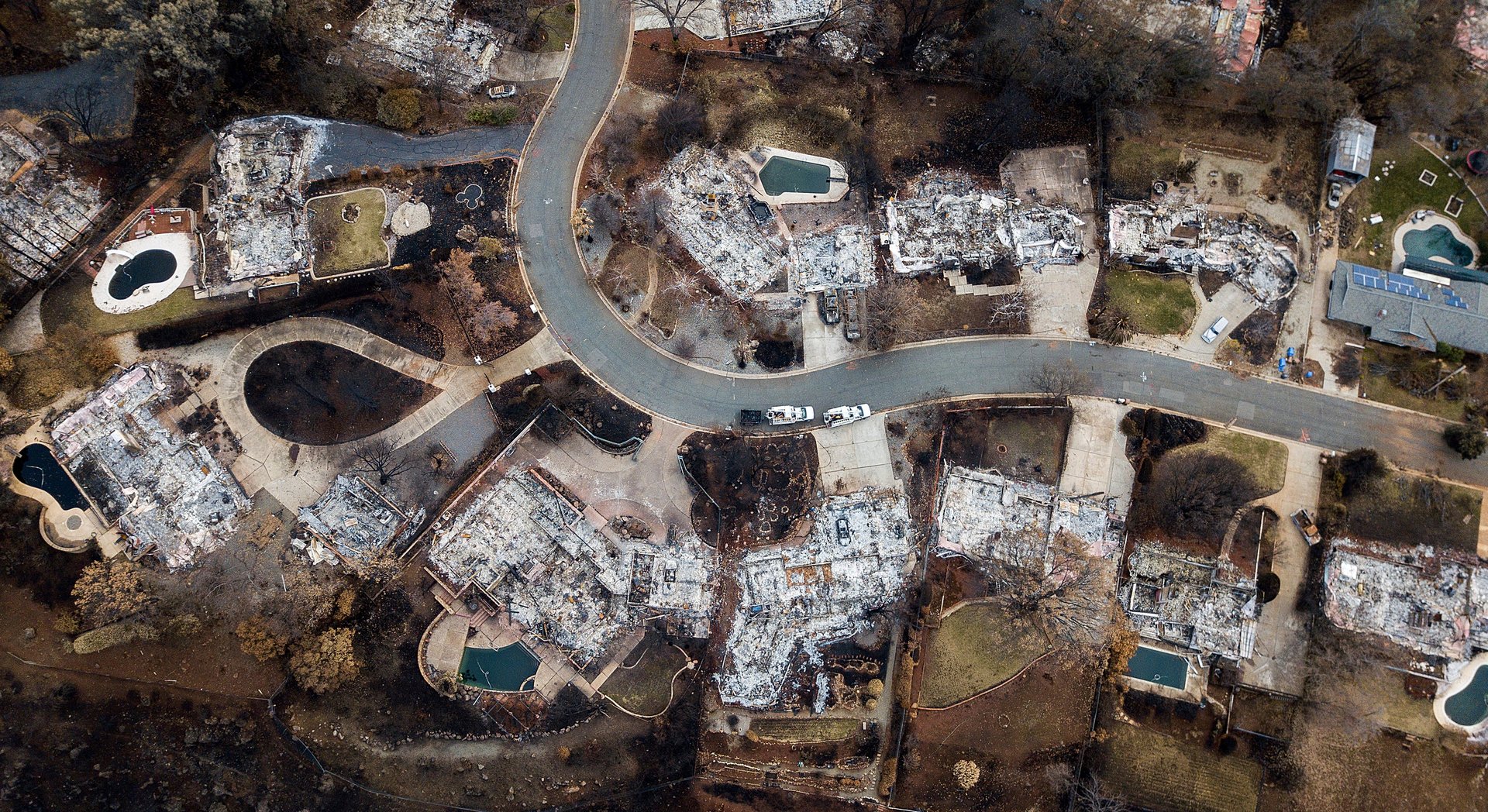California wildfires accelerated climate change as much as a whole year of power use
California’s 2018 fire season, including the largest fire in state history, released nearly as much climate-warming and air-polluting emissions as a year’s worth of electricity use there.


California’s 2018 fire season, including the largest fire in state history, released nearly as much climate-warming and air-polluting emissions as a year’s worth of electricity use there.
The wildfires released 68 million tons of carbon dioxide in 2018, according to the US Geological Survey, or 15% of the state’s total emissions. For comparison, all electricity use in California in 2016 produced roughly 76 million tons in emissions.
Those figures were the highlights of a Nov. 30 statement from the Interior Department that blamed the wildfires largely on forest-management practices. The statement echoed a tweet from US president Donald Trump that there is “no reason” for the fires except “poor” forest management.
“There’s too much dead and dying timber in the forest, which fuels these catastrophic fires,” Interior secretary Ryan Zinke wrote in the statement. “Proper management of our forests, to include small prescribed burns, mechanical thinning, and other techniques, will improve forest health and reduce the risk of wildfires, while also helping curb the carbon emissions. The intensity and range of these fires indicate we can no longer ignore proper forest management.”
Fire officials, scientists, and California government officials have all rebuked this sentiment. Fire officials note that it also mischaracterizes the problem: Many of the burns were not in forests at all.
Rather, intensifying climate change and residential sprawl into increasingly dry locales are fueling fires. Warmer air temperatures suck more moisture out of the land, drying out grasslands and other landscapes, and making them extremely flammable.
Trump and Zinke’s “forest management” talking point is in line with arguments put forth by the timber industry: that selective logging—particularly of dead trees—could prevent fires. Earlier this year, Zinke plainly blamed the fires on environmentalists who oppose logging. The Trump administration is currently seeking to reopen public lands to logging and other activities.
But as the New York Times points out (paywall), large, dead trees aren’t the main problem, because they don’t catch fire easily. The fire-starters are the underbrush and dried-out grasslands. In fact, clearing out trees can create even more of this kindling: Cheatgrass, a very flammable weed, often grows to fill in the patches of land vacated by logging.